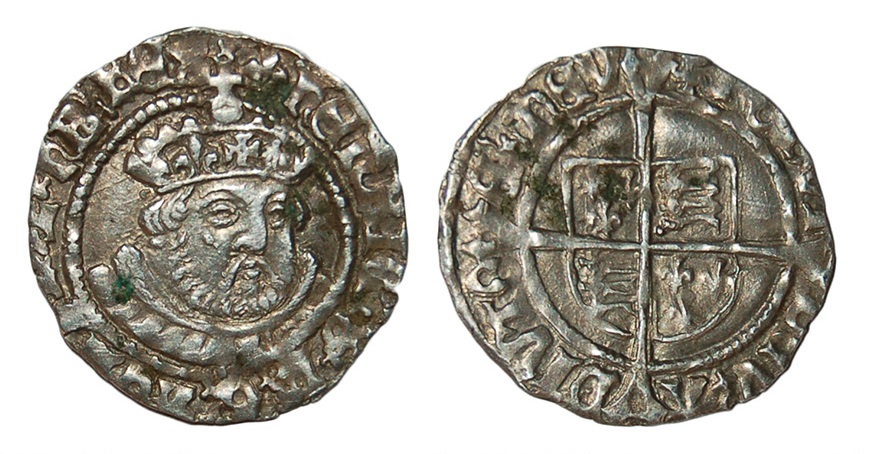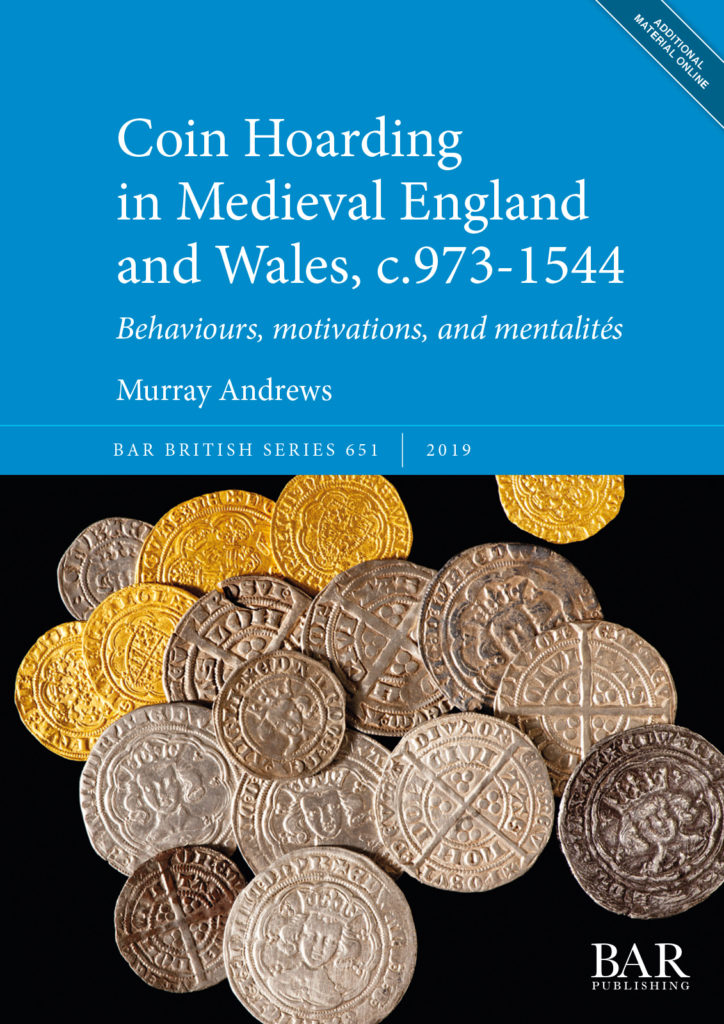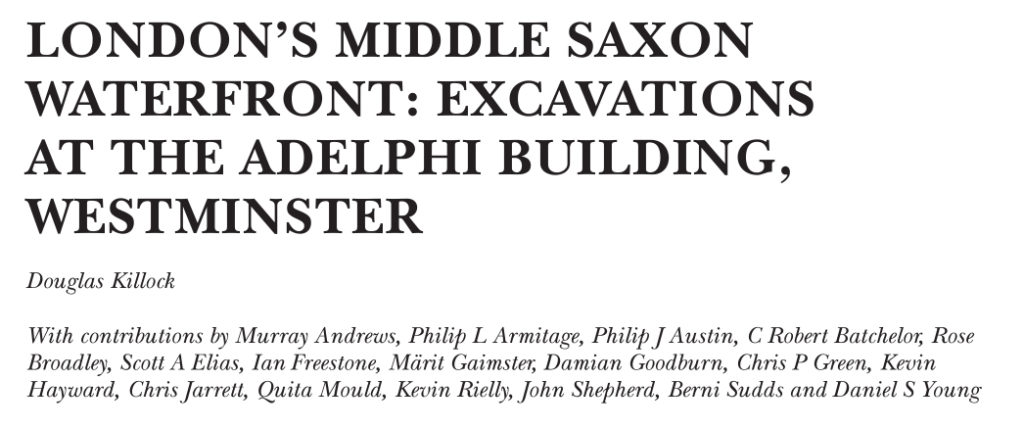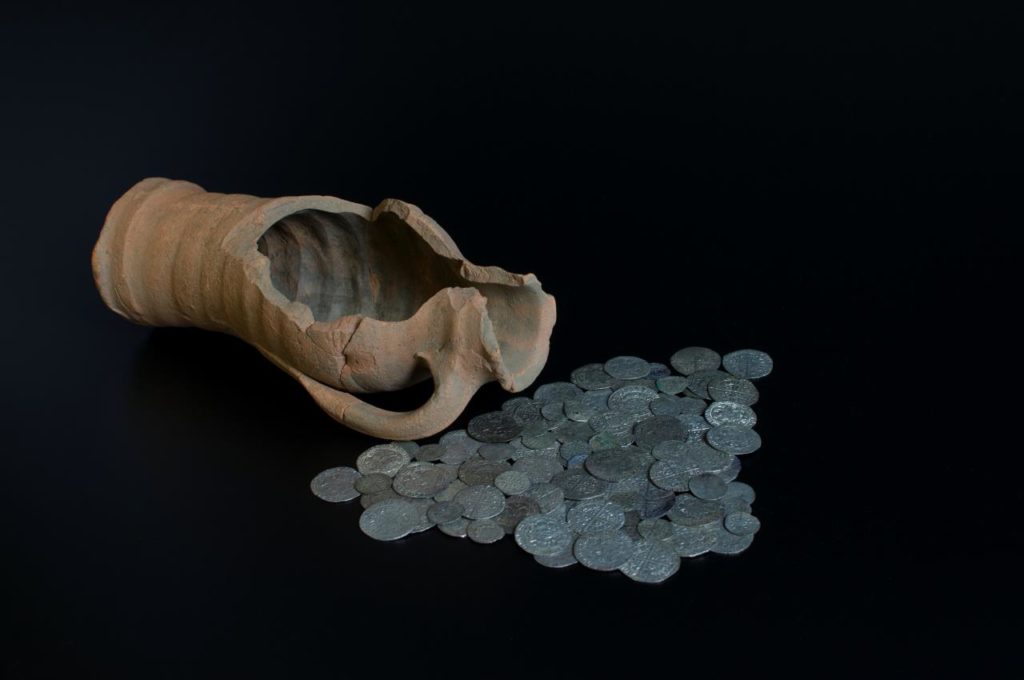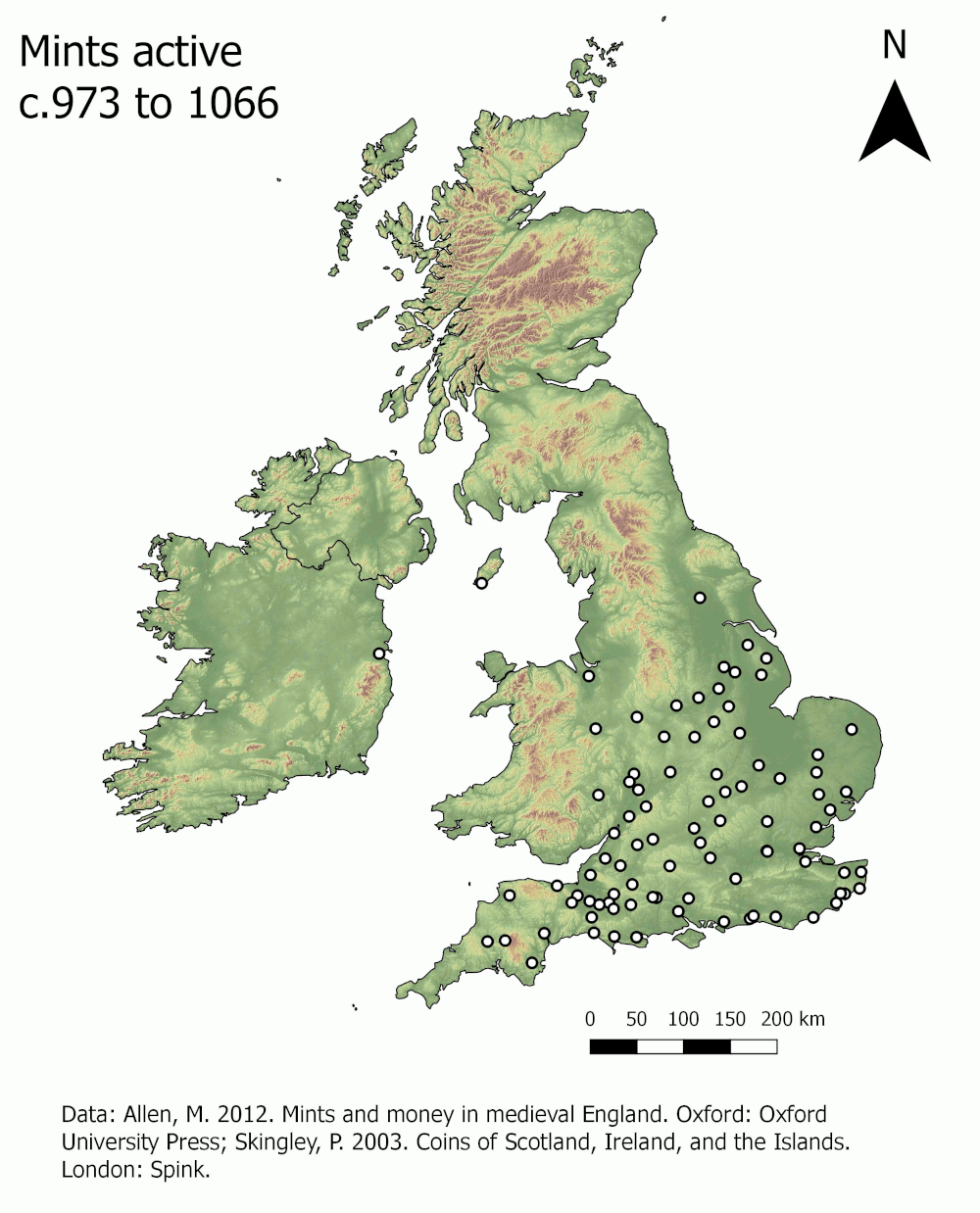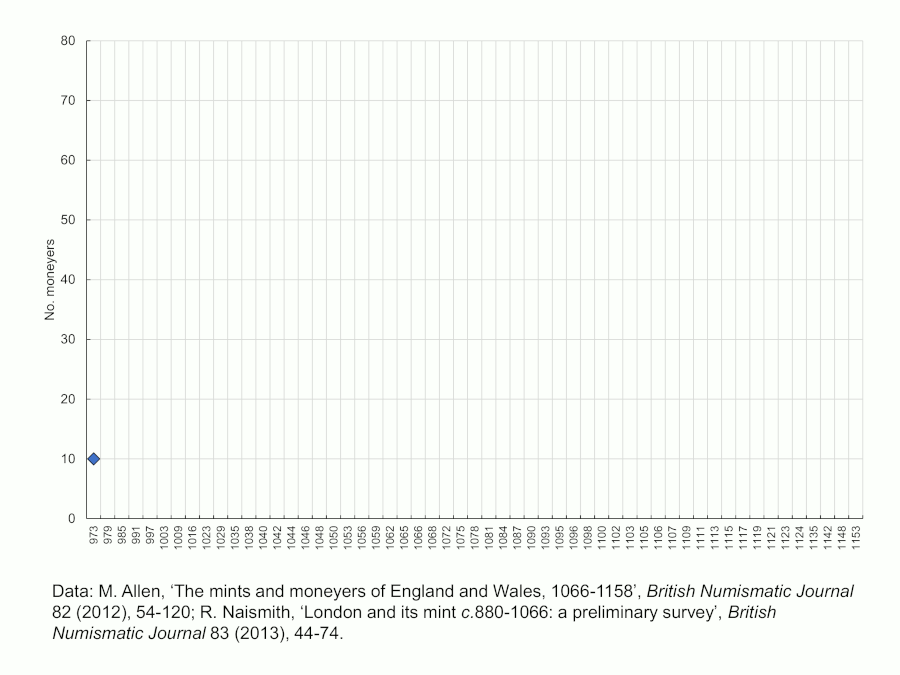The Spring 2022 issue of the Worcestershire Recorder has just hit the shelves, and contains a whole host of fascinating articles on archaeology and history in the county. It’s also got two little articles by me – both on radically different topics!
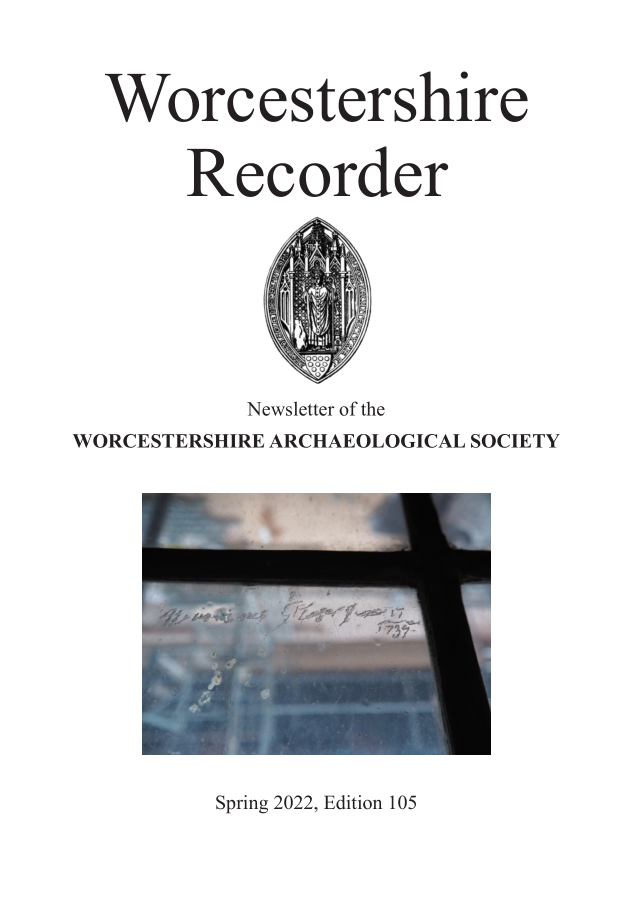
The first article is a co-authored piece with Richard Lloyd from the University of Worcester, and discusses our recent research into the mysterious ‘groove marks’ that cover large swathes of the church of St John in Bedwardine, Worcester. Drawing on the work of James Wright, we reject the claim that these are ‘arrow marks’ from medieval archers, and instead suggest that they reflect the removal of ‘holy dust’ for use in medieval and early modern folk remedies.
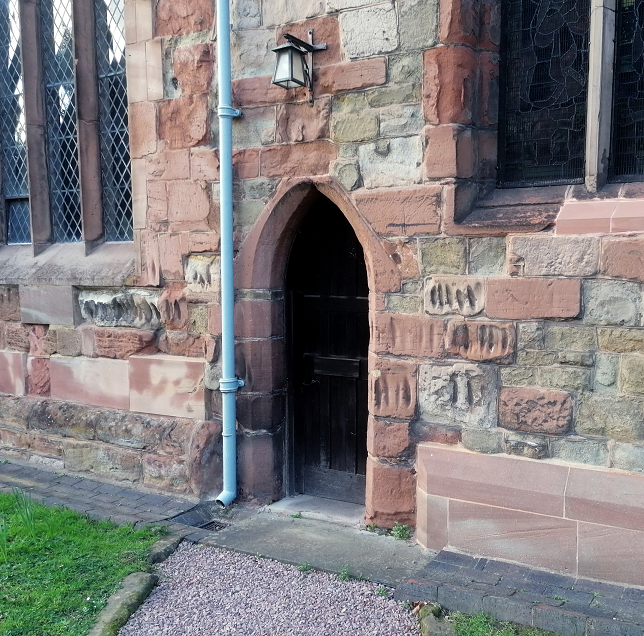
The second article discusses a small group of clay tobacco pipes from Astley that had been donated to the North Worcestershire Archaeology Group. The assemblage spans the 17th to 19th centuries, and offers a snapshot of the shifting market for tobacco in post-medieval and modern Worcestershire.
So why not have a look? To purchase a copy, get in touch with the Worcestershire Archaeological Society.
For a full list of my publications to date, check out the ‘Publications’ page on this website.



